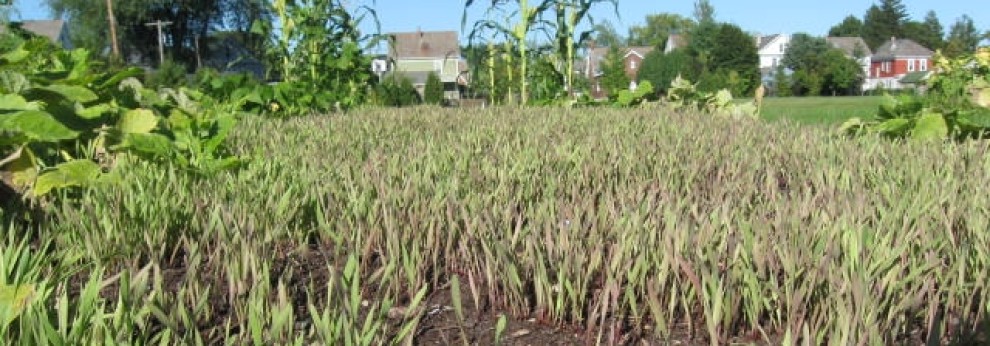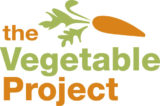 Outdoor instruction will go mainstream in public K-12 schools. And when it does, such as when one teacher says “we can do an algebra lesson under a tree” and another says “real trees and vistas might actually be a good thing for an American history lesson,” there will be no turning back. At least if what Brooke Teller said on CBS Sunday Morning the other day is correct.
Outdoor instruction will go mainstream in public K-12 schools. And when it does, such as when one teacher says “we can do an algebra lesson under a tree” and another says “real trees and vistas might actually be a good thing for an American history lesson,” there will be no turning back. At least if what Brooke Teller said on CBS Sunday Morning the other day is correct.
Teller, who was named coordinator of outdoor instruction with Portland (Maine) Public Schools last summer, said that outdoor learning “ignites a curiosity in students that we don’t necessarily see when they are confined between four walls at home or in a classroom.”
It’s hard to imagine getting better than that! So kudos to the Portland school district, which didn’t wait for the Continue reading











